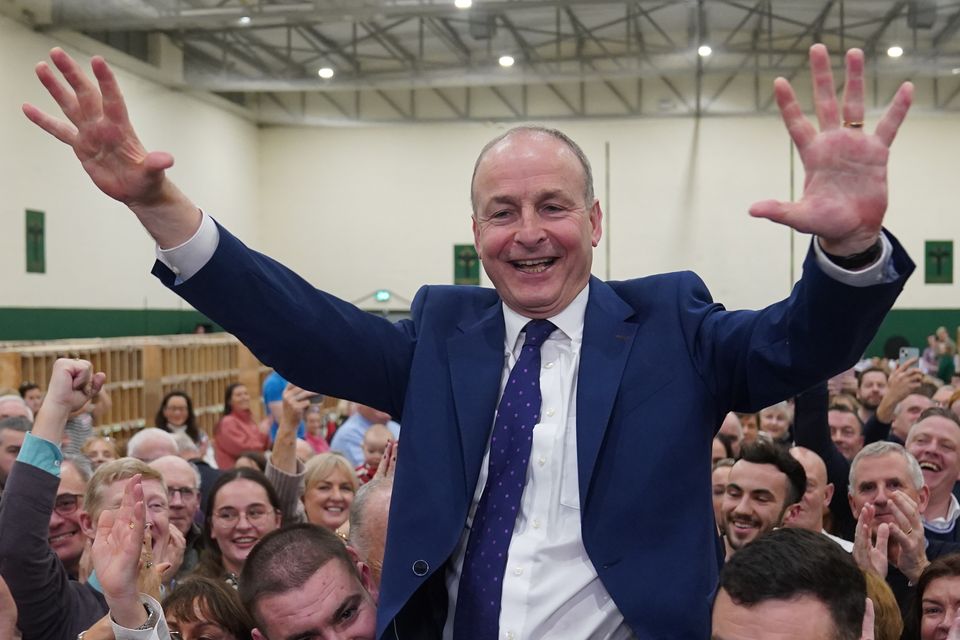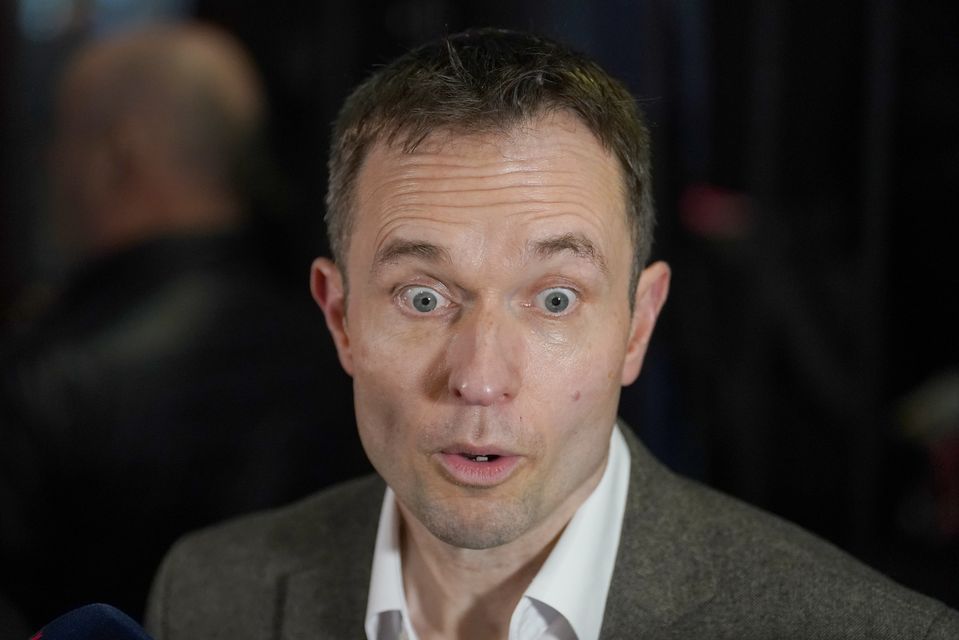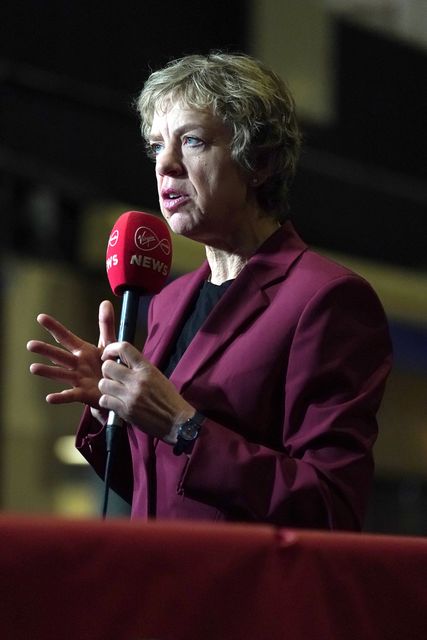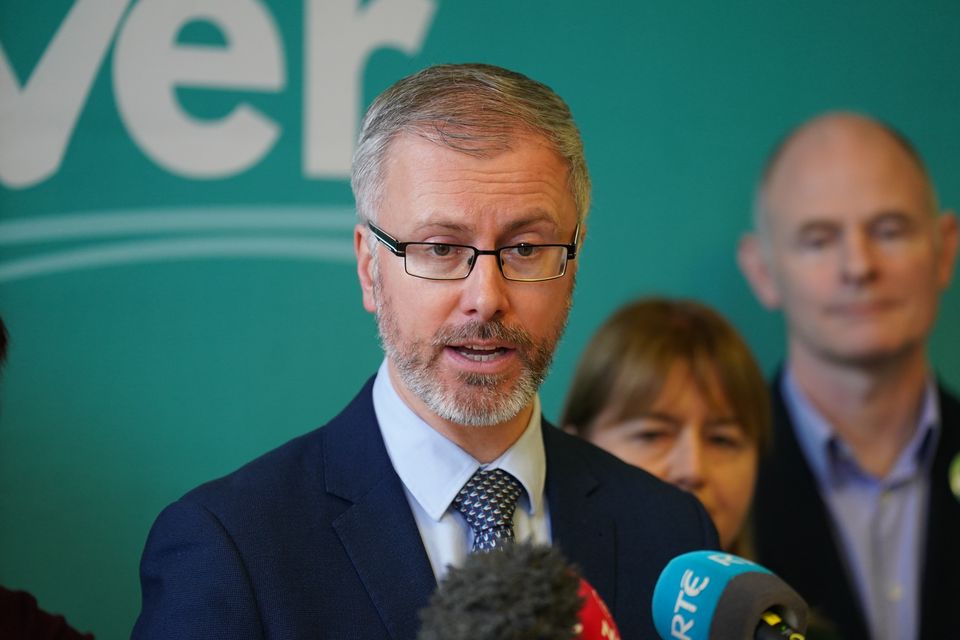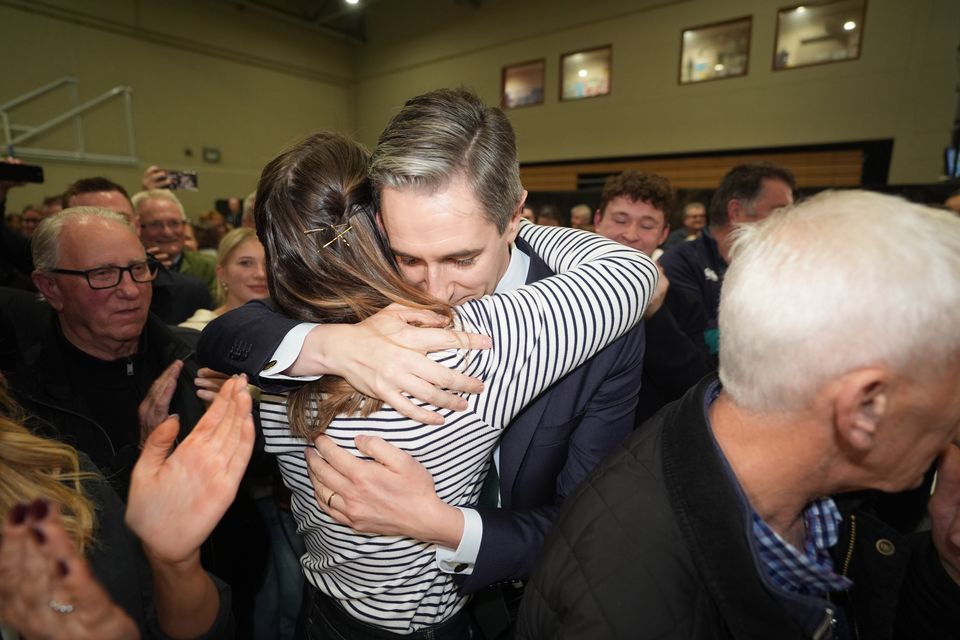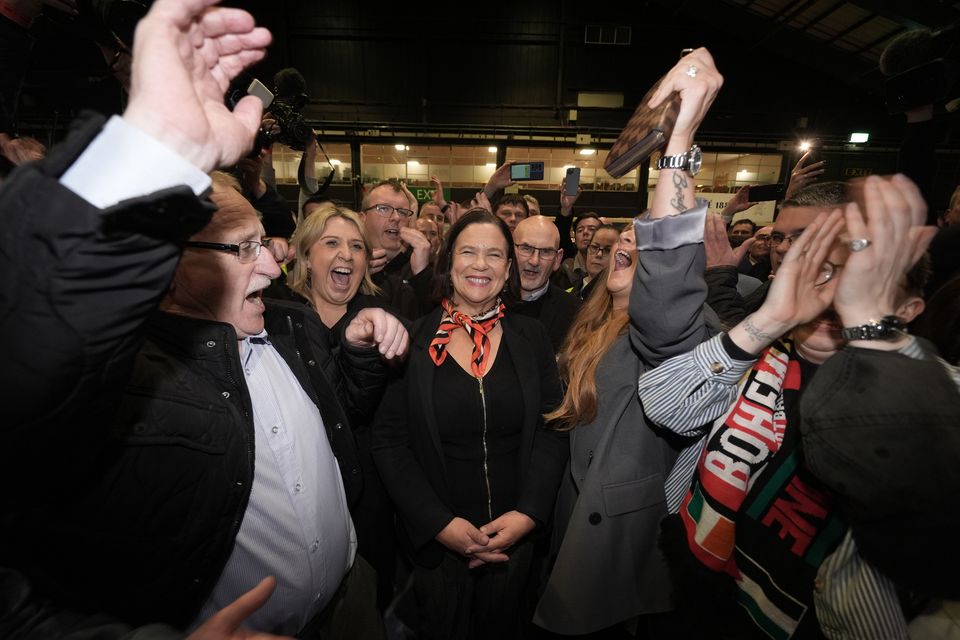Fianna Fail looks on course to secure the most seats in Ireland’s general election with attention turning to the potential make-up of the next coalition government.
All of the three main parties, Fianna Fail, Fine Gael and Sinn Fein, were bullish about their prospects as the first results started to come through on Saturday after Friday’s poll.
However, as more seats were filled through Sunday, it appears the return of an administration involving Fianna Fail and Fine Gael looks much more likely than a government including Sinn Fein.
The two centre right parties that have dominated Irish politics for a century, and who shared power in the last coalition, both ruled out governing with Sinn Fein prior to Friday’s election, so it would seem unlikely that either would countenance that option if they could form a workable coalition without the need for a dramatic U-turn in stance.
Fianna Fail looks well placed to emerge from the election as the largest party.
If it does, leader and current deputy premier Micheal Martin would then move to begin what could prove to be a protracted process of negotiating an agreed programme for government with would-be coalition partners.
Fianna Fail leader Micheal Martin celebrates (Jacob King/PA)
Fianna Fail secured the most first preference votes, taking 21.9% to Fine Gael’s 20.8%. Sinn Fein came in third on 19%.
While Sinn Fein’s vote share represented a marked improvement on its disappointing showing in June’s local elections in Ireland, it is still significantly down on the 24.5% poll-topping share it secured in the 2020 general election.
The final breakdown of first preferences also flips the result of Friday night’s exit poll, which suggested Sinn Fein was out in front on 21.1%, Fine Gael on 21% and Fianna Fail on 19.5%.
While giving a good gauge of the parties’ expected returns, first preference shares do not necessarily correlate to actual seats won, with those depending on the complex and often unpredictable way transfers are allocated.
Fianna Fail nevertheless appears on track to significantly increase its seat lead over Fine Gael compared with the last election when the parties were much closer to parity.
Social Democrats deputy leader Cian O’Callaghan said his party wanted to go into government (Brian Lawless/PA)
The outcome in 2020 saw the two parties enter a coalition on the basis that the holder of the Irish premier position would be exchanged midway through the term.
Mr Martin took on the role for the first half of the mandate, with Leo Varadkar taking over in December 2022. Current Fine Gael leader Simon Harris succeeded Mr Varadkar as taoiseach when he resigned from the role earlier this year.
On Sunday, Simon Coveney, a former deputy leader of Fine Gael, said a coalition without repeating the rotating taoiseach arrangement in some fashion would be a “difficult proposition” for his party.
Asked by reporters about those comments, Mr Martin said: “Is Simon acting as mediator now or what? Look, it is all for another day.”
Labour Party leader Ivana Bacik at the election count centre at RDS Simmonscourt, Dublin (Brian Lawless/PA)
If Fianna Fail and Fine Gael do return to power, they could need one of the Dail parliament’s smaller parties to reach the required 88 seats to form a majority.
Another option may see the two parties seek the support of some of the Dail’s independent TDs to help it put together a workable government.
The Social Democrats and the Irish Labour Party appear the most realistic junior partners.
Social Democrats deputy leader Cian O’Callaghan said he was delighted with his party’s performance, saying they are now the fourth largest party in the state.
He told PA news agency that he will talk to other parties about forming a government.
“We certainly want to go into government,” he said.
“We will talk to other parties, including Fianna Fail and Fine Gael, but other parties as well, about the areas, the deal breakers that we outlined during the campaign, and to see if we can get agreement on those, because we want to see the next government implementing those proposals that we’ve been putting forward during the election campaign.”
Asked about her intentions, Labour leader Ivana Bacik said she was prioritising building a common platform with the similarly left-leaning Social Democrats and Greens.
“I have said consistently that we are serious about delivering change,” she said.
Ms Bacik added: “Our first priority is to build that common platform on the left.“We have seen significant gains for us in Labour and we will be coming back with a bigger parliamentary party.”
Green leader Roderic O’Gorman (Brian Lawless/PA)
The Green Party, which was the third plank of the last coalition, is set for a bruising set of results, with leader Roderic O’Gorman among a series of party representatives in a fight to hold onto their seats.
On Sunday, Mr O’Gorman said he had “no regrets” about going into the three-party government in 2020, but said the two main coalition partners did them “no favours”.
“We have a very distinct political philosophy from Fianna Fail and Fine Gael, it is harder to see the difference between those two parties, and I think if they go into government again, which looks likely, the difference is more and more difficult to see,” he said.
“We were very different, we took the risk of going in with them, we were able to deliver, but there are political consequences for taking the risk and we suffered them over this weekend.”
Irish premier Simon Harris is hugged by his wife Caoimhe after being re-elected to the Dail parliament as a TD for Wicklow on the first count (Jacob King/PA)
After he was re-elected as a TD on Saturday night, Mr Martin said it “remains to be seen” whether he will return to the role of Taoiseach.
Current Taoiseach, Mr Harris, dismissed talk of a Sinn Fein surge and said he was “cautiously optimistic” about where his party will stand after all the votes are counted.
He was also elected as a poll topper in his constituency on Saturday evening, as was Sinn Fein president Mary Lou McDonald.
Despite the odds being against her party entering power, Ms McDonald expressed determination to form a historic government of the left as she insisted Sinn Fein had broken the state’s two-party duopoly.
The counting process in Ireland extends for days due to the complex system of proportional representation with a single transferable vote (PR-STV), where candidates are ranked by preference.
Sinn Fein president Mary Lou McDonald celebrates topping the poll in the Dublin Central constituency (Brian Lawless/PA)
Away from the machinations of government formation, there has been considerable focus on independent candidate Gerard Hutch who, on Sunday afternoon, was in fourth place in Ms McDonald’s four-seat constituency of Dublin Central.
However, the chances of Mr Hutch capturing the final seat in the constituency now appear slim, with Labour’s Marie Sherlock expected to overtake him in the final phase of the count.
Last spring, Mr Hutch was found not guilty by the non-jury Special Criminal Court of the murder of David Byrne, in one of the first deadly attacks of the Hutch-Kinahan gangland feud.
Mr Byrne, 33, died after being shot six times at a crowded boxing weigh-in event at the Regency Hotel in February 2016.
A Special Criminal Court judge described Mr Hutch, 61, as the patriarchal figurehead of the Hutch criminal organisation and said he had engaged in “serious criminal conduct”.
While the Social Democrats have a strong chance of emerging as the largest of the smaller parties, its leader Holly Cairns was already celebrating before a single vote was counted, having announced the birth of her baby girl on polling day.
